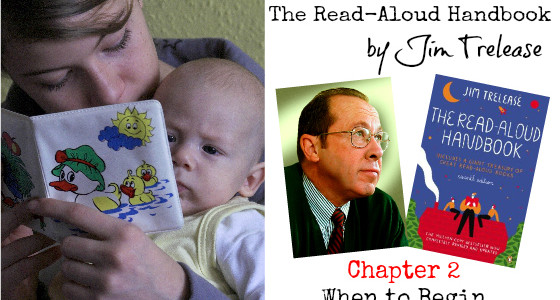
Now in its seventh edition, the book has grown in depth and includes stories of people who have put Trelease’s ideas to work and experienced great results.


Kids who are read to, encouraged to discuss books, see a wide variety of printed material at home, see their parents reading, and have ready access to pencils and paper fare better than their peers raised without a literacy emphasis, he says. “Contrary to the current screed that blames teachers for just about everything wrong in schooling, research shows that the seeds of reading and school success (or failure) are sown in the home, long before the child ever arrives at school,” he writes.Īs proof, he offers academic research and anecdotal accounts of parents who inspired their children to read through daily reading and role modeling. A steady diet of read-aloud time at home can spark sufficient reading inspiration to render much of the school-time remediation we call reading instruction unnecessary. Our efforts during the thousands of hours before children enter school - and outside of school in later years - set the tone for their lives. In fact, the book argues that much of what kids need to learn about reading from their parents is more “caught than taught.” That is, it comes through consistent exposure, not explicit instruction. No specialized training or fancy curriculum required.

That is, cuddling up daily and enthusiastically reading great books. Quite the opposite, Trelease posits that parents’ first and most important work is merely introducing their children to the world of print in ways that make them want to read. In his view, parents don’t have to learn the ins and outs of phonics and phonemic awareness or even do alphabet drills in order to lay the groundwork for their children’s academic and life success. Importantly, Trelease urges parents to provide reading inspiration, not reading instruction.

Enthusiasm for reading ensures the range of knowledge and learning capacity that kids need to face challenges in school and beyond. Raising a lifelong reader is the single-best investment a parent can make, Trelease insists. But its real strength is a smart and compelling explanation of why parents should read to their children early and often, from infancy onward. Sure, it explains what to look for in storytime selections (no dialect, obscenities or weak plots, for starters). Jim Trelease’s “The Read-Aloud Handbook” is so much more than its title suggests.


 0 kommentar(er)
0 kommentar(er)
